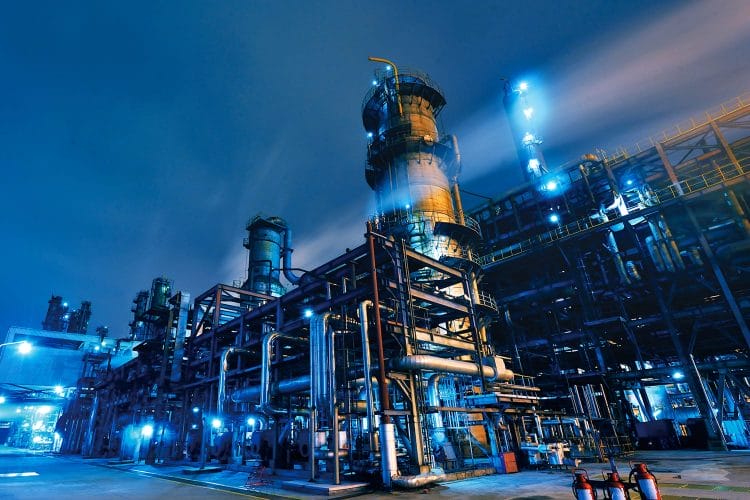Condition Monitoring: why now?
The idea of condition monitoring is not new. What has changed is that the availability of low cost, low power computing has made scalable condition monitoring systems practicable and viable in a variety of new sectors.

Condition monitoring provides ongoing observation of and feedback about a system’s welfare. It works by continuously monitoring specified system parameters and applying intelligence around the data to infer the condition of the system.
So condition monitoring is based on both sensings and on interpreting the data sensed. Those two areas are both key focuses at the moment. There is a lot of development activity around the sensory component itself – this could include the use of vibration/acoustic/ultrasonic sensing of rotating machinery. The second key area of focus is around the ability to interpret data and so there is a concentration of activity on the clever algorithms and analytics needed to carry out trend analysis.
Read more in our white paper reviewing the benefits, application industries, and technologies around condition monitoring.
Our markets

Our consultants, scientists and engineers redefine what’s possible and help R&D groups across the medical, industrial, consumer and food and beverage sectors achieve commercial return from their opportunities.
Our projects

We have completed over 10,000 projects for start-ups and global market leaders alike, from understanding the market & technology landscape through to developing and delivering complex products.
